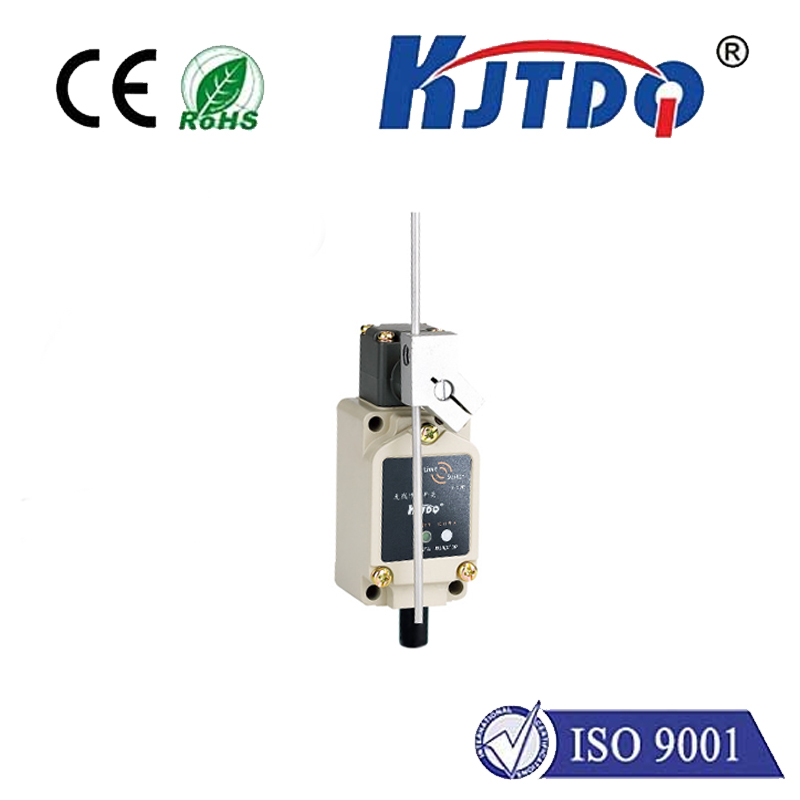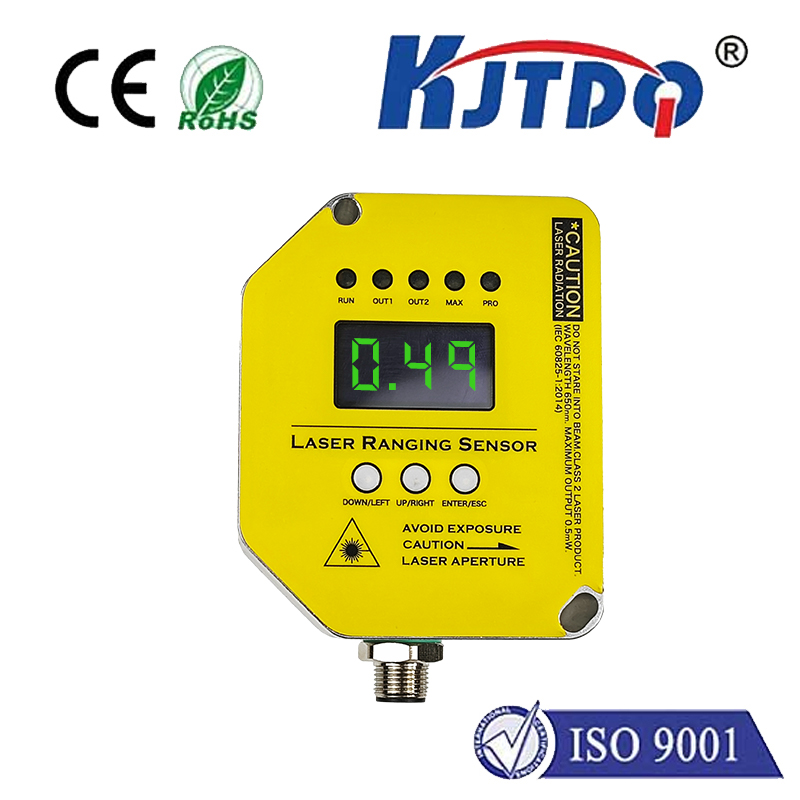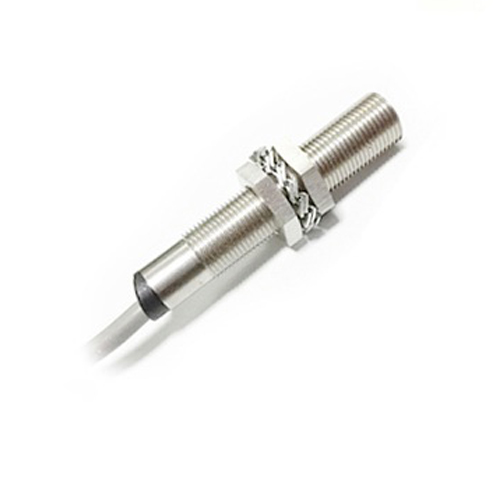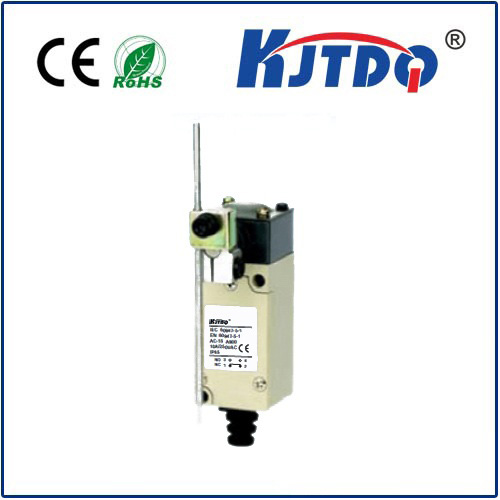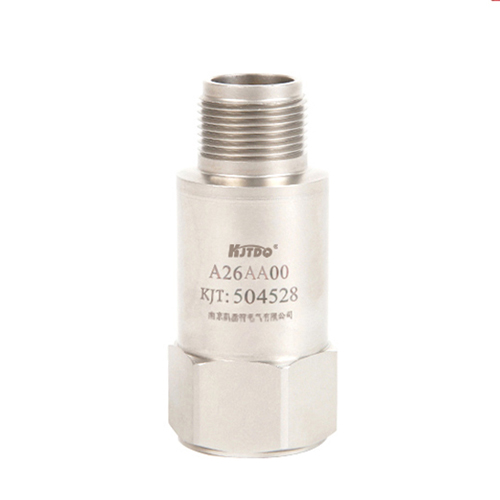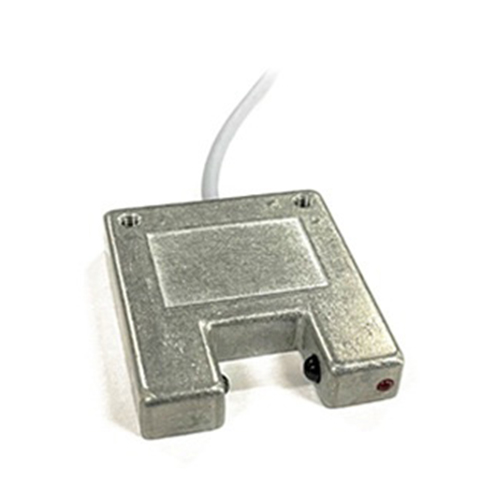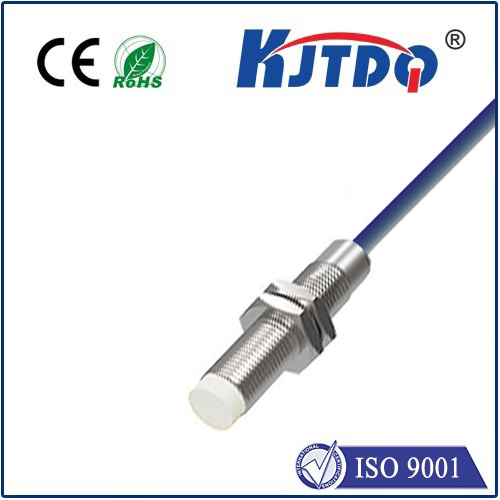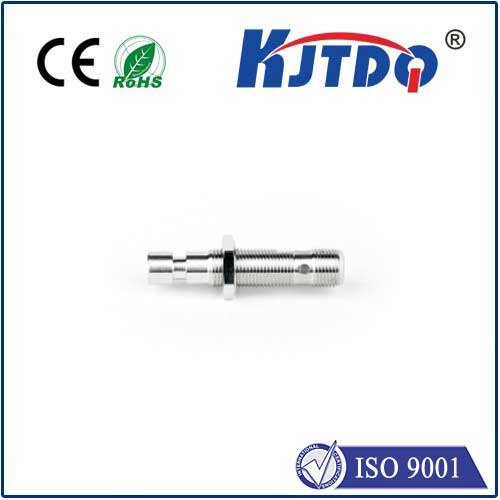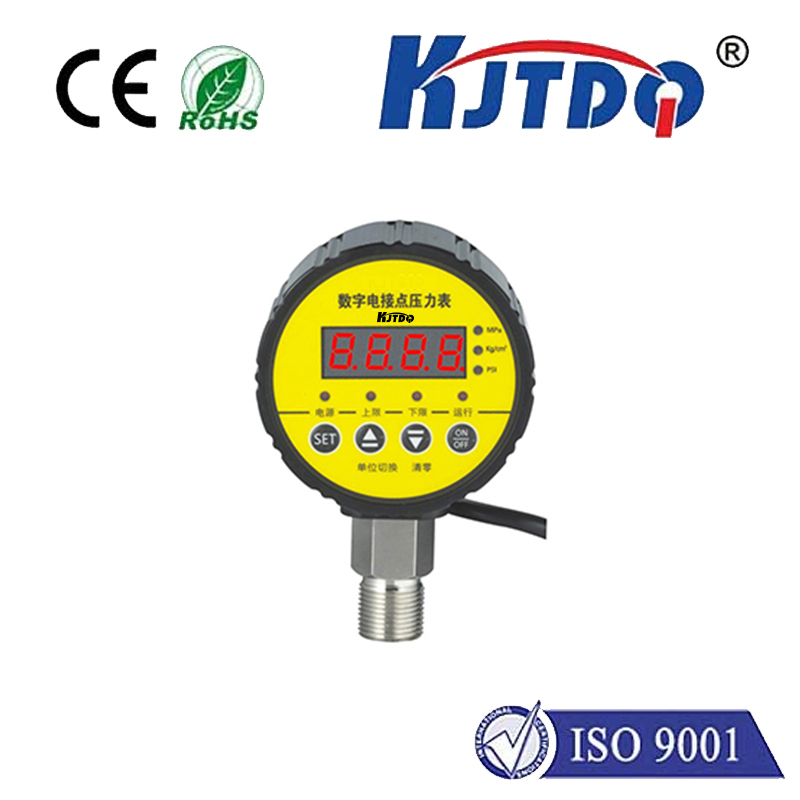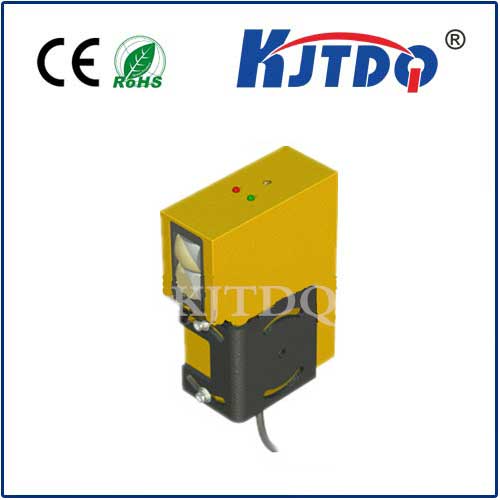

check

check

check

check

check

check

check

check

check

check
Introduction:
Limit switches and proximity switches are two essential components in industrial automation systems. These switches play a critical role in ensuring safety, reliability, and efficiency of machines and equipment. Despite their similarities, limit switches and proximity switches have different operational characteristics and applications. This article aims to provide an in-depth understanding of these switches, their functionality, and importance in industrial automation.
Section 1: Limit Switches
Definition: A limit switch is a mechanical device that triggers an alarm or stops the movement of a machine when the switch's contacts come into contact with a predefined limit. It is commonly used for safety control purposes, such as preventing overheating, protecting machinery from damage, and ensuring proper operation.
Functionality: Limit switches are typically used for open/close or on/off control circuits. They operate by detecting the presence of objects or materials that block the movement of the switch's contacts. When the contacts come into contact with an object, the switch triggers an alarm or stops the movement of the machine.
Applications: Limit switches are used in various industries, including manufacturing, automotive, aerospace, and medical devices. They are common in applications where safety and reliability are crucial, such as conveyor systems, cranes, and industrial robots.
Section 2: Proximity Switches
Definition: A proximity switch is an electronic device that detects the presence or absence of an object based on the distance between the switch's sensors and the object. It is commonly used for position control, motion control, and safety control applications.
Functionality: Proximity switches work by emitting an electromagnetic field that interacts with the surrounding environment. When an object comes into contact with the switch's sensors, it disrupts the electromagnetic field, triggering an electrical signal. The signal is then processed by the controller, which determines the object's position, orientation, and movement.
Applications: Proximity switches are widely used in industrial automation applications where precise positioning and control are required. They are commonly used in assembly lines, robotics, CNC machines, medical devices, and environmental monitoring systems.
Comparison:
While both limit switches and proximity switches are used for safety and control purposes, they differ in their operational characteristics and applications. Limit switches rely on physical contact between the switch's contacts and the object being controlled, while proximity switches use electromagnetic fields to detect the presence of objects. Proximity switches offer greater accuracy and flexibility in position control compared to limit switches, making them more suitable for complex industrial automation tasks.
Conclusion:
Limit switches and proximity switches are fundamental components in industrial automation systems. Their functionality and importance lie in ensuring safety, reliability, and efficient operation of machines and equipment. By understanding their unique characteristics and applications, engineers can design intelligent control systems that meet specific requirements and enhance productivity in various industries.
